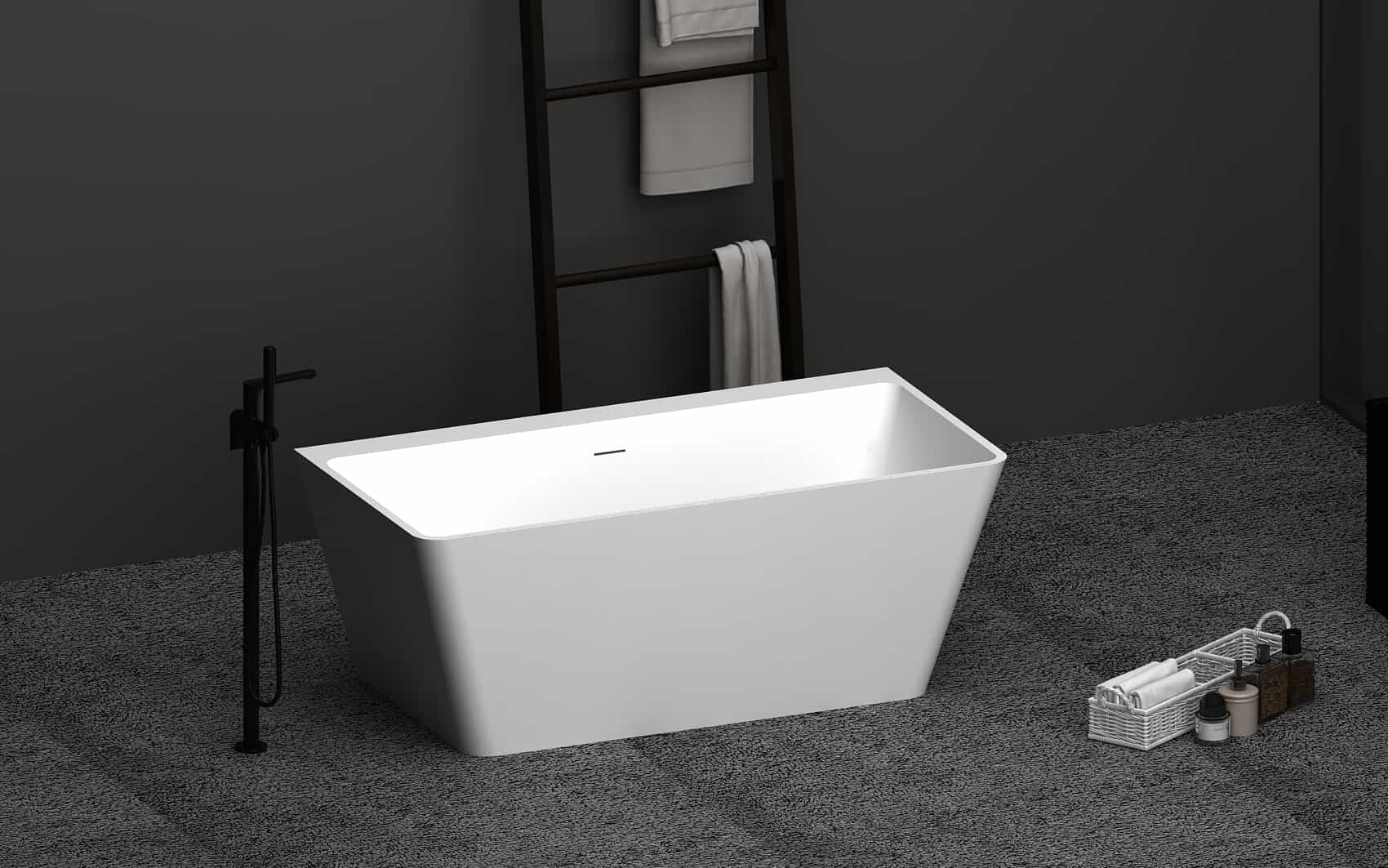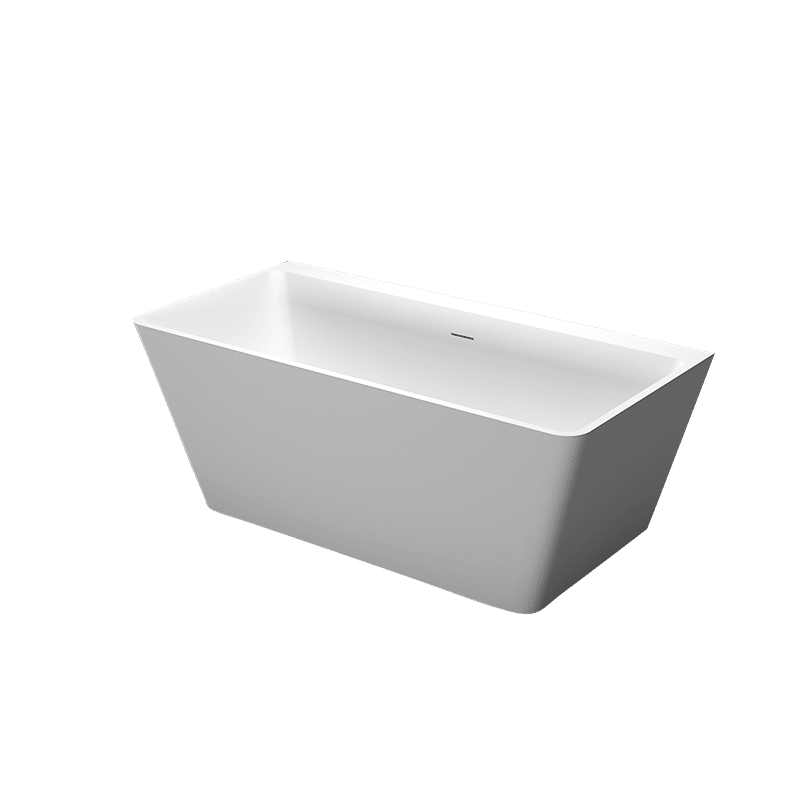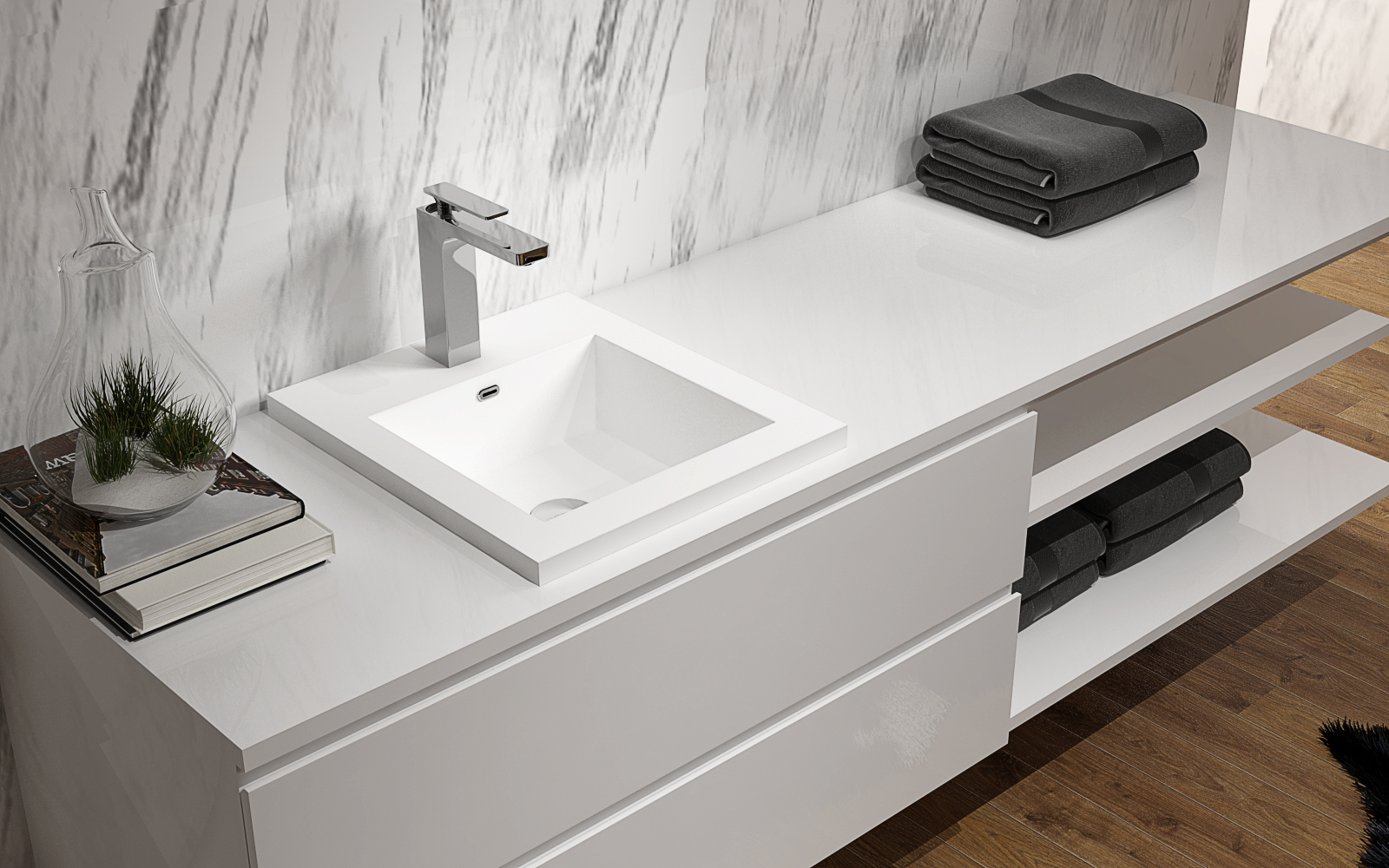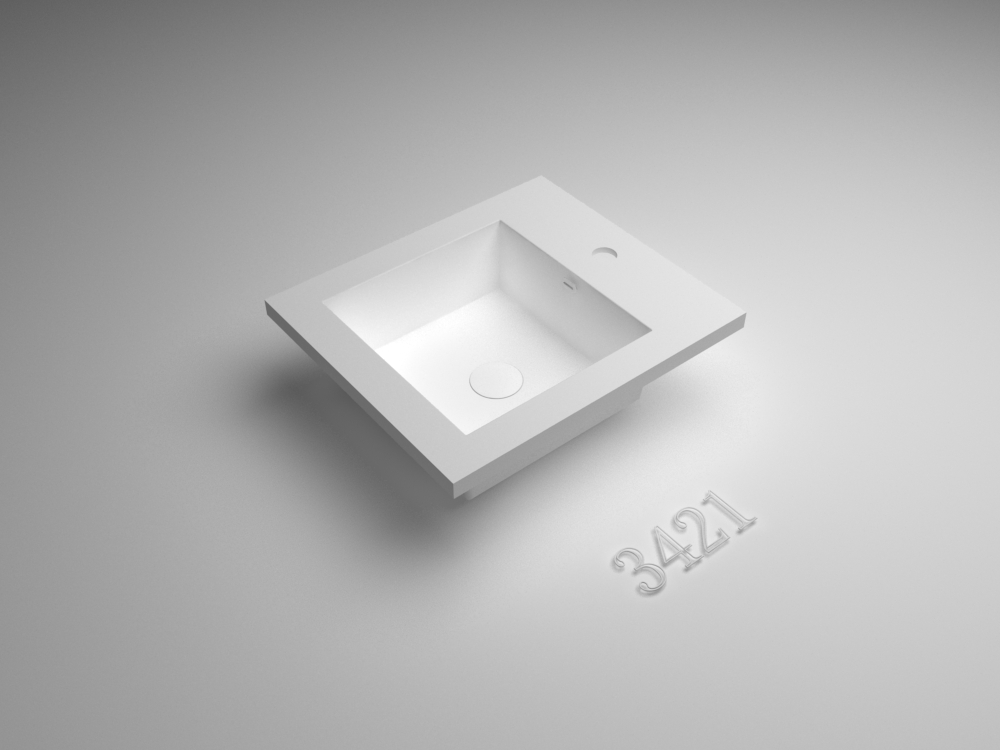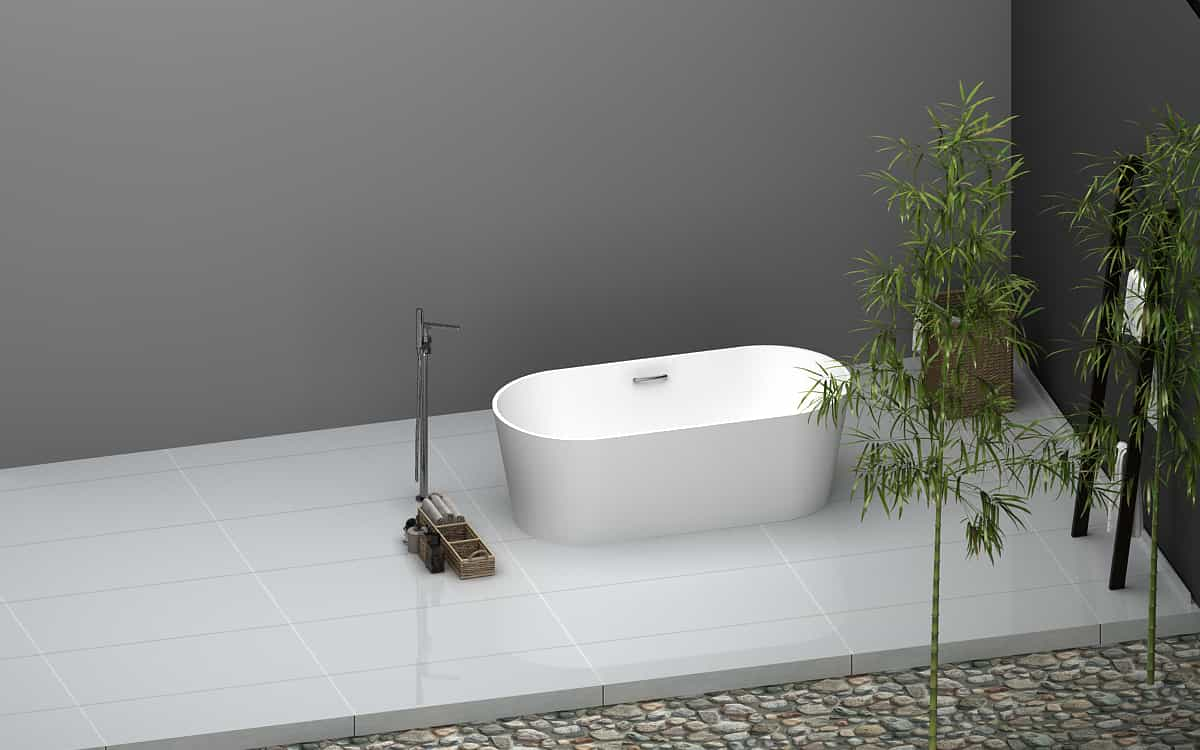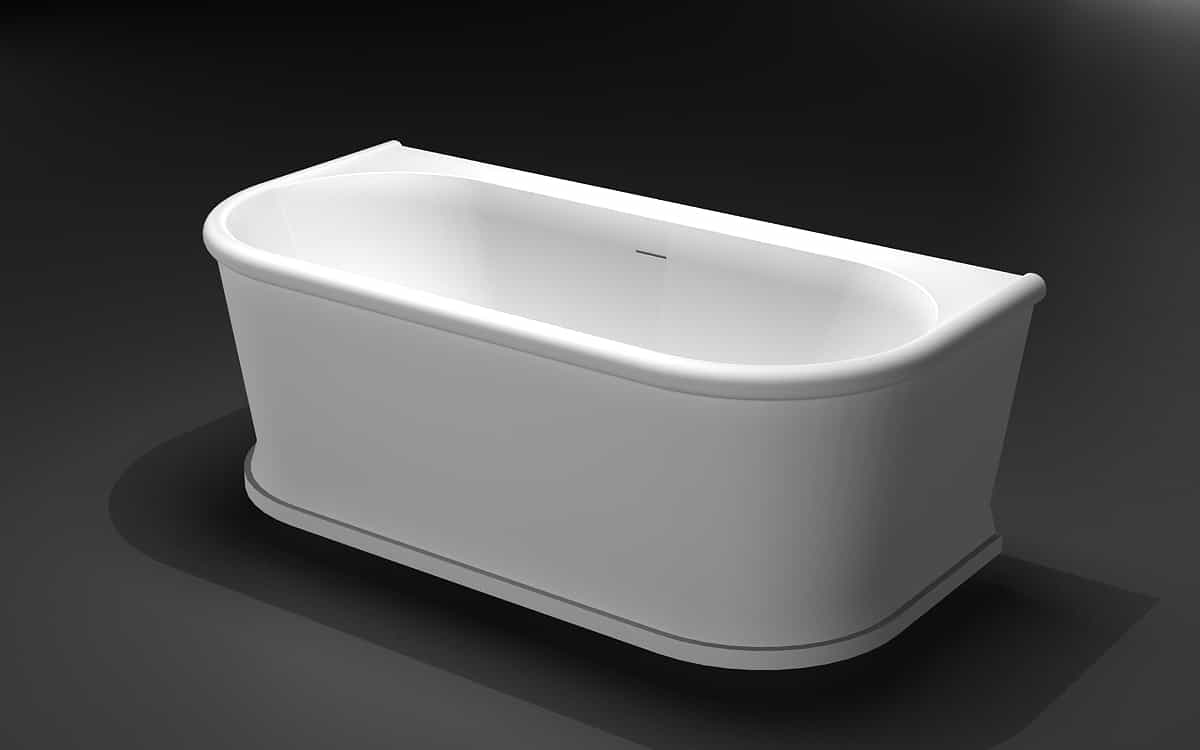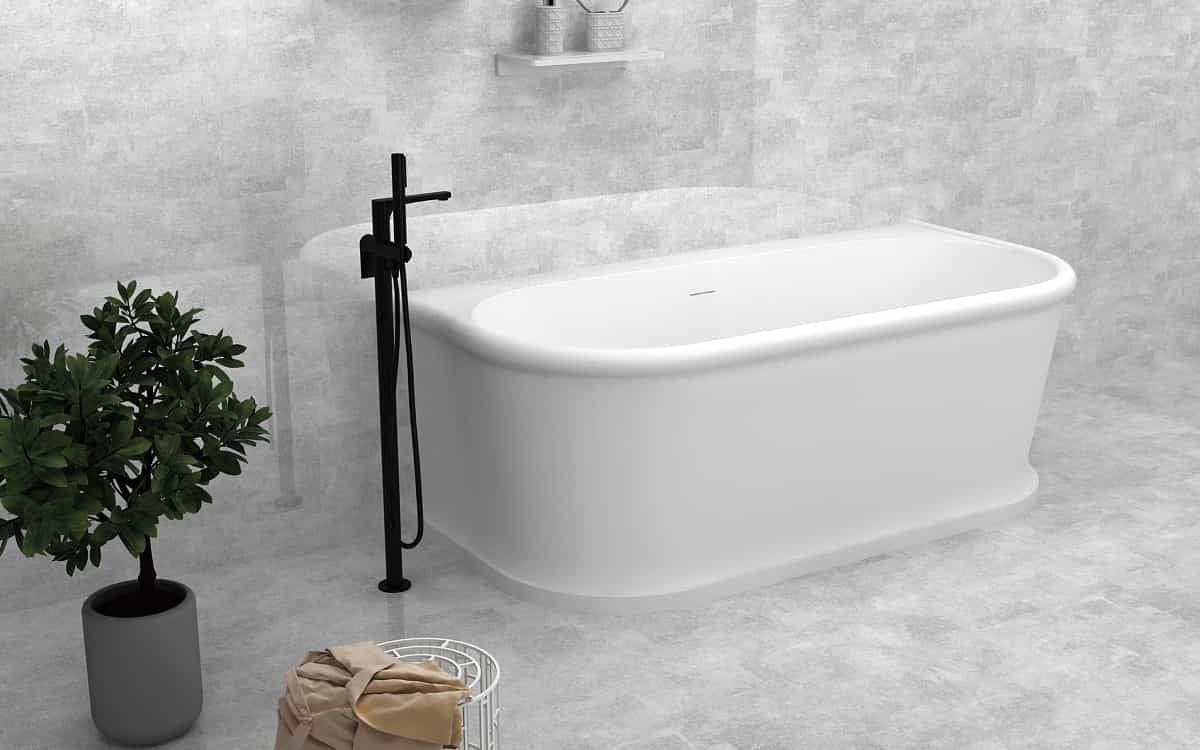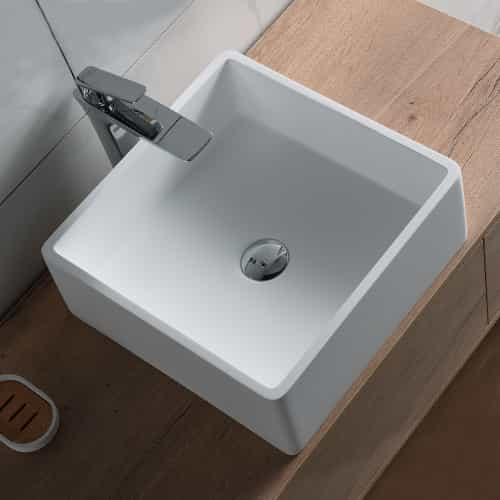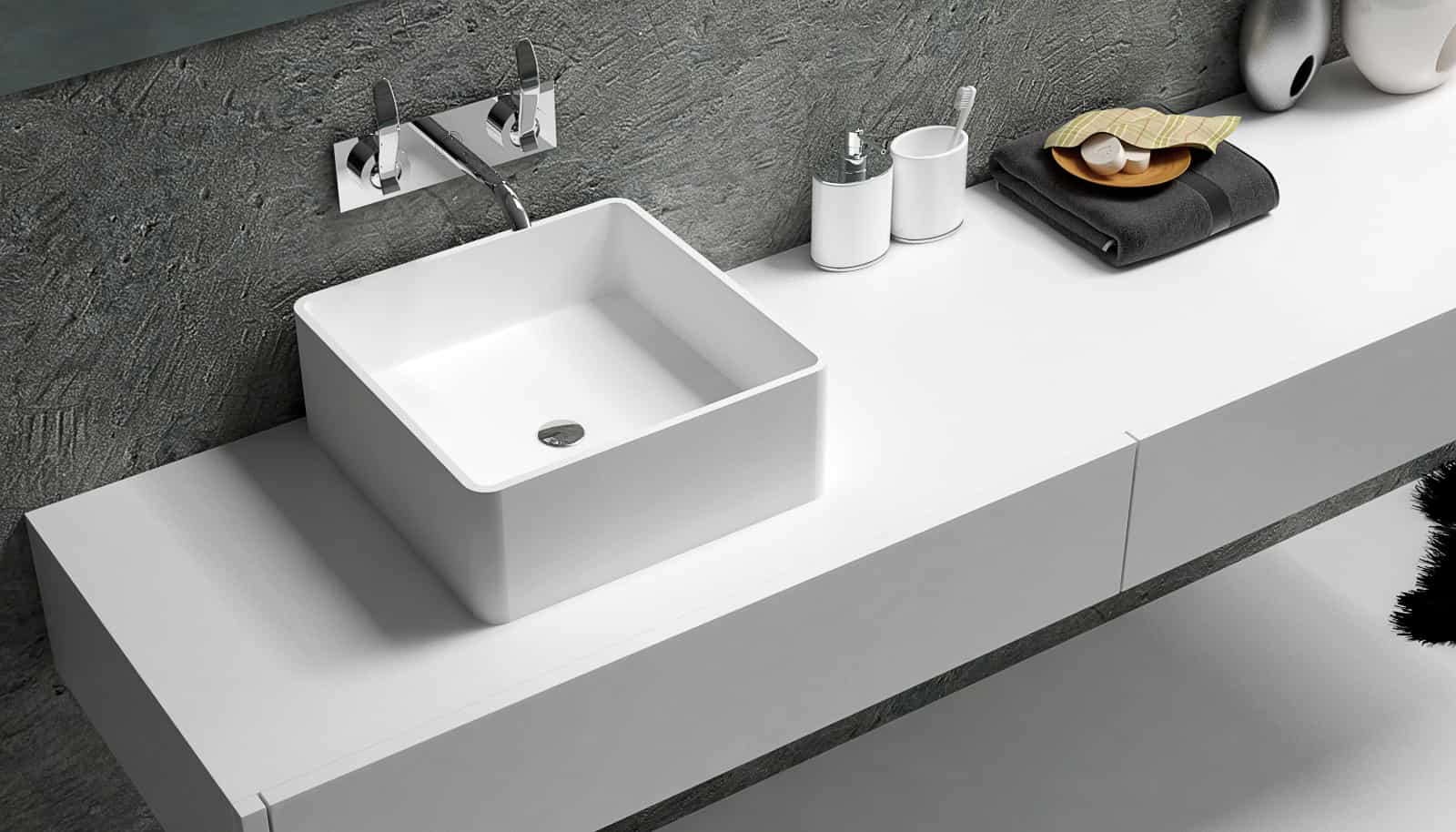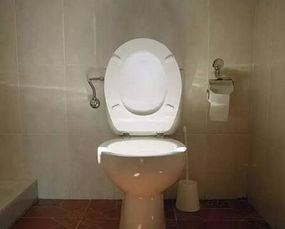
Abstract: This paper takes the safety test method of sanitary ware and supporting products as the topic, and through the introduction of the safety testing method involved in the inspection of sanitary ware and supporting products, helps Chinese sanitary ware enterprises interpret the safety testing requirements in the standard, and promotes the improvement of Chinese sanitary ware enterprises The level of product quality and safety is of great significance to protecting the personal safety of consumers.
2 Quality and safety test methods for sanitary ceramic products
2.1 Water absorption test method
Boiling method: Vigorous movement of water molecules and gas molecules is caused by heating, forcing the gas in the open pores to leave the sample, and water can be immersed in the open pores because of its pervasive characteristics. Adopting countries: China, the United States, the European Union, etc.
Vacuum + boiling method: Use vacuum to form a negative pressure between the container containing the sample and the outside world, extract the gas in the open pores of the sample, and then immerse the sample in boiling water to fully fill the open pores with water. Adopting countries: Malaysia, Australia, Saudi Arabia, etc.
The water absorption test in my country’s sanitary ceramics standard GB 6952 adopts the boiling method. The standard requires that the water absorption rate is not more than 0.5%, which belongs to low water absorption ceramics. Unlike ceramic tiles, which are mainly formed by extrusion or dry pressing, sanitary ceramics are mainly formed by grouting. Forming, low water absorption sanitary ceramics have a large content of glass phase and high firing temperature, the liquid phase increases during the firing process, and the pores are gradually filled. The test shows that the vacuum + boiling method can fill the pores in the sample to the greatest extent, making the sample more saturated, and the water absorption must be higher than that of the boiling method.
2.2 Load safety test method
Mechanical pressure application method: set the pressure value and holding time through special instruments or equipment, and then perform a load safety test on the product. Adopting countries: China, the United States, the European Union, etc.
Heavy object pressure method: rely on heavy objects of certain quality such as sandbags or weights to apply pressure to the product. Adopting countries: Malaysia, Australia [6].
my country adopts the standard GB 6952 “Sanitary Ceramics”, which requires load safety tests for wall-mounted toilets, urinals and wash basins, but the load safety evaluation, weight and retention time are different from other countries. Therefore, sanitary ceramics Enterprises, especially export enterprises, should pay attention to load safety testing.
3 Quality and safety test method of shower room
3.1 Housing body stability test method
The test room for testing the stability of the shower room generally uses sandbags or other heavy objects, which fall freely at a certain height and hit the shower room door, partition and other parts.
At present, the stability of the shower room in my country is tested by GB 2584 “Shower Room”, which is impacted outside the shower room through sandbags; while the European Union uses EN 14428 “Shower Partition-Test Requirements and Methods” to impact the shower room inside the shower room. [8] Therefore, for the stability test of the shower room, the methods and requirements of my country and the European Union and other countries are not the same.
3.2 Test method for broken state of tempered glass
The broken state of tempered glass is one of the tests to check whether the tempered glass in the shower room is safe. This test is to simulate the state of tempered glass broken into small pieces when the tempered glass is broken. “Requires that within the range of 100 mm × 100 mm, the number of small fragments should not be less than 40. [9] The test method and requirements of GB 15783.2 “Toughened Glass” are quoted in GB 2584 “Shower Room”. Within the range of 50 mm × 50 mm, the total number of fragments should not be less than 30.
4 Quality and safety test methods for bathtubs
4.1 Ordinary bathtub
4.1.1 Heat resistance test method
Boiling test: pour water into the bathtub to more than 80% of the depth, heat the water in the bathtub to a water temperature of 80°C with a heating rod, and keep the water temperature within the range of 80±2°C for 100 hours. Country of Adoption: China.
Cold and heat cycle test: Add 50 L of hot water at 90°C to the bathtub and drain it, add 100 L of cold water at 12°C to the bathtub and keep it for 10 minutes before discharging, add hot water at 75°C to the overflow hole of the bathtub and keep it for 10 minutes before discharging, Then add cold water at 12°C to the overflow hole of the bathtub and keep it for 10 minutes before discharging. This is a test cycle, which needs to be completed 100 times continuously. Adopting country: European Union.
The purpose of both methods is to test the heat resistance of the material to the maximum extent, so as to ensure that the surface of the product will not experience blistering, cracking, damage or even water leakage.
4.1.2 Load safety test method
The bathtub needs to bear the weight of people and water at the same time, so the load safety test is mainly to simulate the state of consumers when using the bathtub, and to test the support ability of the bottom of the bathtub or the base of the bathtub to the overall product. There are two main types of load safety tests: one is the EU standard EN14516 “household bathtub” and other western countries use sandbags to superimpose the test; the other is the Chinese standard GB2585 “water jet massage bathtub” and JC/T 779 “glass fiber reinforced plastic bathtub” Test by applying pressure to all surfaces of the bath with the aid of standard weights and a pressure device.
4.2 Maximum pressure test method for jet massage bathtub
Inspection of the water jet massage bathtub pipeline seal test is called the maximum pressure test, the EU standard EN12764 “massage bathtub” to perform this test needs to plug each water nozzle, turn on the bathtub water spray function to adjust the pressure to the maximum, and inspect each pipeline and each Whether there is leakage at the pipe connection. The Chinese standard GB 2585 “Water Jet Massage Bathtub” only requires “inject clean water at room temperature from the water inlet, remove the air in the pipe, then close the terminal valves of all water supply pipes on the massage bathtub by hand, use a pressure test pump to increase the pressure to 0.6 MPa, and maintain the pressure. After 2 minutes, visually check whether there is any leakage on the sealing surfaces of the jacuzzi and the joints of the pipes.
5 Quality and safety test requirements for water tank accessories
Chinese standard GB 26730 “Gravity flushing device and sanitary ware frame for toilet” requires: the distance from the working water level to the overflow water level is 10 ~ 38mm, the distance from the critical water level to the overflow water level is ≥25 mm, and the distance from the overflow water level to the overflow water level is ≤ 20 mm; EU standard EN 14055 “Toilet flushing water tank” requires: the maximum working water level to the overflow water level ≤ 20 mm, the distance from the critical water level to the overflow water level ≤ 10 mm, the distance from the overflow water level to the overflow water level ≤ 5 mm.
6 Quality and safety test methods for plumbing hardware products
6.1 Thread accuracy requirements
The thread accuracy standard requires that the thread surface should be smooth and clean, and there should be no defects such as dents and broken teeth. It needs to pass the corresponding direct pass and stop gauge tests. If this item fails, it may cause slippage when the faucet is connected to the hose. Or the thread does not match, causing water leakage or even rupture.
6.2 Test method for mechanical properties of water pressure resistance
Taking the faucet as an example, GB 18145-2014 “Ceramic Sheet Sealed Faucet” requires the water pressure resistance mechanical performance test of the faucet. The pressure needs to reach 2.5MPa, and the faucet and the parts of the faucet do not undergo permanent deformation. Another example is the shower head. GB 23447-2009 “Shower head” requires the safety test of the shower head under the conditions of water temperature 42 ± 3°C, pressure 0.1 ± 0.02 MPa and 0.3 ± 0.02 MPa, and water temperature 70 ± 3 ℃, pressure 0.05 ± 0.02 MPa and 0.3 ± 0.02 MPa to test whether the parts of the shower head are flexible, and the shower head should not have defects such as deformation.
6.3 Test method for heavy metal pollutants
Hardware plumbing products take faucets as an example. Faucets can be divided into copper alloy faucets, stainless steel faucets and plastic faucets by material. These materials themselves contain heavy metal components. The products need to be specially processed and treated and coated on the surface of the product Protection, if the production technology cannot meet the requirements, the metal pollutants in the faucet will dissolve into the tap water during long-term use and affect the quality of drinking water. The new version of GB18145 is modified to use NSF 61-9, the water quality testing method of the National Sanitation Foundation, to test the precipitation of metal pollutants, which puts forward extremely high requirements on the material and production process of the faucet.
7 bathroom anti-slip mat anti-slip test
At present, my country does not have corresponding standards for the anti-slip test of anti-slip mats, but the EU has specially formulated test methods and requirements for anti-slip mats in bathrooms. This method is similar to the anti-slip performance test of ceramic tiles, and the anti-slip performance of the anti-slip mat is tested with the help of an inclined platform test device. Before the test, the tester’s feet should be soaked in water at 30±3°C. During the test, the GPR aqueous solution of the same temperature should be continuously sprayed on the non-slip mat. The tester walks according to a certain pace, and the platform will also tilt accordingly until the tester Slip and fall, the platform stops tilting, and the anti-slip performance of the non-slip mat is evaluated at a real angle.
8 Intelligent toilet cover test
At present, my country has the following inspection standards for smart toilets and smart covers, GB 6952-2005 “Sanitary Ceramics”, GB/T 23131-2008 “Electronic Toilets”, JG/T 285-2010 “Toilet Cleaners” , GB 4706.1-2005 “Special Requirements for Safety Toilets of Household and Similar Electrical Appliances” and GB 4706.53-2008 “Special Requirements for Safety Toilets of Household and Similar Electrical Appliances”. In my country, the smart toilet cover is classified as household and similar electrical appliances. The safety test is mainly aimed at the safety of electricity when the product is used and the reliability of the product material. The main tests are: protection against touching live parts, input power and Current, leakage current and electric strength, grounding measures, heat resistance and flame resistance and other items.







